Regenerative agriculture has well and truly gone mainstream. In recent months, beer brand Carlsberg and frozen chips supplier McCain have been among a slew of businesses to launch products or marketing activity focused on regeneratively farmed ingredients.
And with the likes of TV show Clarkson’s Farm helping regenerative farming gain a wider audience, it is no surprise to see its role continue to grow in the baking industry.
In April, Gail’s announced The Wheat Project, an initiative that champions biodiversity and highlights the need for a shift towards regenerative agriculture. Meanwhile, regenerative food and farming company Wildfarmed this year became part of the latest Tesco Accelerator Programme, and Wildfarmed bread, rolls and flour have been listed by Britain’s biggest retailer this month.
Ingredients suppliers have also embraced demand. Eurostar Commodities, for example, has launched the Rise Re:Gen range of regenerative flours.
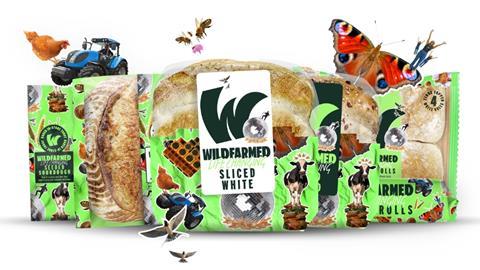
“In the bakery sector, regenerative farming is no longer a niche topic for agricultural experts,” says Philippa Knight, marketing director at Puratos UK, which last year launched Sapore Sally, a wheat sourdough made with regeneratively farmed flour.
And while it is early days for regenerative farming, the movement is growing fast, according to Bertie Matthews, managing director at Matthews Cotswold Flour.
Around 15% of the grain Matthews mills comes from regenerative farms and this is expected to rise significantly in the next five to 10 years. The business produces regeneratively farmed flours including spelt and an all-purpose flour, and is about to launch new regenerative flours including plain, self-raising, wholemeal, artisan bread flour, and fine cake flour.
“Our aim is to move as many of our flours as possible to the regenerative farming model,” adds Matthews.
Gail’s is looking to use the scale of its business by partnering with farmers who use methods such as rotational grazing to boost soil fertility. As part of The Wheat Project, the business has worked with Henry Astor, the farmer and miller who owns Cotswolds-based Bruern Farms, to launch the Bruern Farms Sourdough.
“The loaf is fully traceable to his family farm, where he makes every decision with healthier soil, healthier food and healthier people in mind,” explains Anomarel Ogen, master baker at Gail’s, which has also launched shortbread, crispbreads and sourdough baked with heritage grains grown by regenerative farmers.
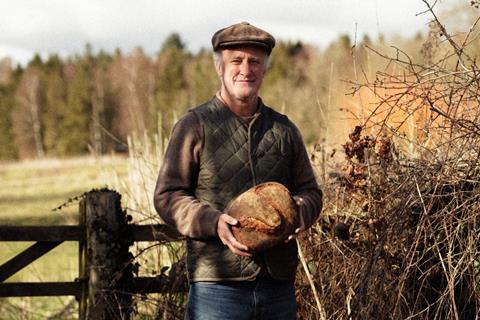
And there is certainly evidence consumers are seeking such products. Knight at Puratos points out that consumers are actively looking for regenerative farming to be referred to on product labels.
Puratos Taste Tomorrow, which examines bakery market trends, revealed that two-thirds of respondents are interested in sustainable farming and believe regenerative farming is better for the environment than traditional methods.
However, it seems more clarity is needed about what regenerative farming is. A recent Vyper report showed that 42% of people would like more details about regenerative agricultural on packaging, while 38% want scientific evidence of environmental benefits before they buy.
Against a backdrop of such concerns, Catherine Connor, co-founder of multi-award-winning bakery Lovingly Artisan, says she is cautious about using ‘regenerative’ as a marketing strategy.
The Cumbria-based business works with Eden Yard farm, which grows and supplies grains to the bakery. “The crops we are growing at Eden Yard are free from chemicals, and the land is respected and rotated,” Catherine explains. “Whether the term regenerative fits, we are not sure as it’s bounced around way too easily and frequently as a marketing tool to sell bread. We just know what we are implementing is right for our consumers nutritionally and right for us sustainably.”
Bakers are well placed to help consumers better understand the concept of sustainable agriculture. ADM Milling UK points out that it maintains direct relationships with the growers in its regenerative agriculture programme, enabling them to share their stories and the impact of their farming practices directly with customers.
Matthews agrees that it is the job of millers is to give bakers the facts so they can tell the story.
“Most people see ‘regenerative’ as a buzzword unless it’s explained,” he adds. “Bakers can play a big role by using simple, honest language talking about healthy soils, local wildlife, and better farming for the next generation.”
To define or not define
One hurdle to consumer understanding of regenerative farming is the lack of an industry-wide definition. Currently, it is a loose term that can be open to interpretation but refers to improving and protecting the health of soil. This is sometimes defined as five core principles: Don’t disturb the soil; Keep the soil surface covered; Keep living roots in the soil; Grow a diverse range of crops; and bring grazing animals back to the land.
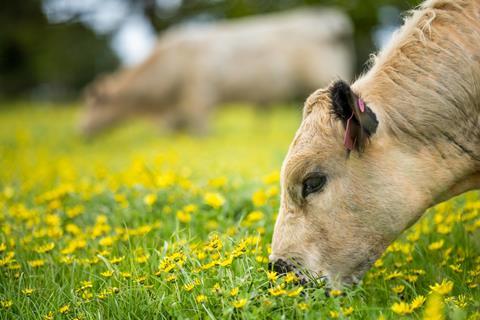
Connor at Lovingly Artisan feels defining ‘regenerative farming’ is a difficult task, and says it is important the term does not become overused.
“Regenerative marketing has been pinned to nearly everything, and the consumer is bombarded with so many mixed and confusing messages,” she says. “As a baking industry, we need to unite on our transparency, honest labelling, reducing the fancy slogans, and focus more on the skill involved and ingredients used.”
“Bakers and consumers need clarity, but it should focus on outcomes, not a rigid checklist”
She questions whether an industry-wide definition could ever be adopted. “So much grain comes from all corners of the world, and how is that ever going to be honestly and truly monitored?”
Bob Gladstone, managing director at Silvery Tweed Cereals, also questions whether creating an industry-wide definition of regenerative farming is possible.
“Regenerative agriculture is itself so wide ranging and, by in large, down to an individual’s perception of farming practice,” he explains. “So long as it focuses on long-term soil health and how growers achieve this, it is going to vary wildly depending on which part of the country you farm in and what weather patterns you are subjected to.”
Matthews Cotswold Flour uses an independent audit system to check standards across its growers.
“Bakers and consumers need clarity, but it should focus on outcomes, not a rigid checklist,” says Matthews. “Soil health, biodiversity, low synthetic inputs and fair farm practices should all be part of it.”
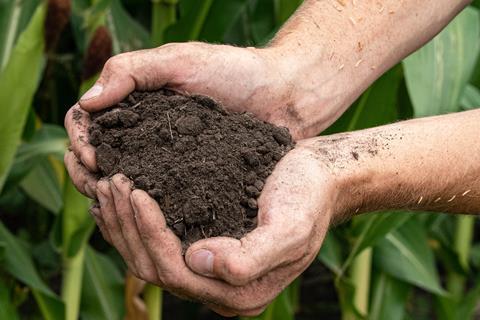
His view is echoed by ADM Milling UK sales director Daniel Leeson, who points out that every farm is different.
“A rigid set of practices could unintentionally exclude farmers whose land or local conditions don’t align with a fixed standard. We need to encourage as many growers as possible to adopt these practices, so inclusivity should be central to driving meaningful, scalable change.”
Like Matthews, he feels the focus should remain on outcomes such as improved soil health, increased biodiversity, reduced negative environmental impacts, and the long-term viability of farming.
“Today, regenerative flour should and can be produced for, at most, 10% more than conventional flour”
Such outcomes come at a financial cost, however, and how high that cost is depends on business models and objectives.
“Today, regenerative flour should and can be produced for, at most, 10% more than conventional,” says Matthews.
Costs vary depending on the structure of the regenerative programme and whether a chain of custody is in place, explains ADM technical director Dr Simon Penson.
“Identity preserved systems, which maintain traceability from individual farms, are typically the most expensive to implement,” he says. “Segregated and mass-balance models can be more cost-effective while still supporting uptake of regenerative practices.”
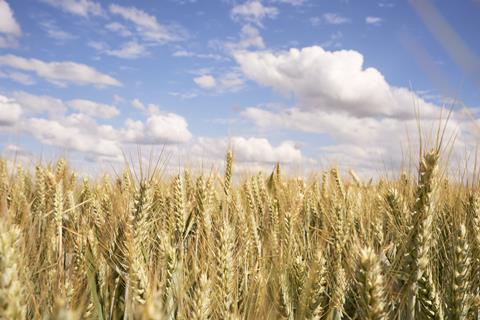
The cost of sustainability
Suppliers and bakers believe many consumers are willing to pay more for quality goods that have been produced sustainably.
“Farmers run a 365-day-a-year business; they deserve a reasonable grain price that helps research and development, furthers diversity and future-proving farming in the right direction,” says Lovingly Artisan’s Connor.
Leeson at ADM agrees that farmers should not carry the cost burden of regenerative farming alone.
“As an industry and as consumers, we all have a role to play in creating a resilient future for agriculture. And arguably, the greater cost lies in not acting.”
Alongside financial implications, there are also potential issues around regeneratively grown wheat having lower yield and protein content than wheat grown using other methods. Suppliers are confident, however, that such issues can be mitigated.
“Both agriculture and bakery industries are remarkably resilient and good at innovating to overcome these challenges,” says Gladstone at Silvery Tweed Cereals.
And Matthews points out that, with the right handling, a regeneratively grown wheat can deliver the same consistency bakers expect from conventionally farmed grain. “Without reliable performance, we wouldn’t back it,” he adds.
Connor at Lovingly Artisan says that although regeneratively farmed crops may provide less yield, there are major upsides. “Although there are challenges with ingredients farmed in this way, it results in produce with exceptional flavour, taste, and quality whilst at the same time benefitting the environment,” she adds.
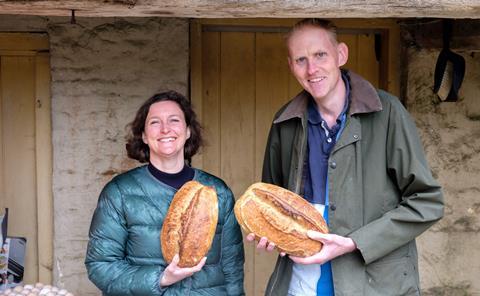
Sixth generation family-run business Hobbs House Bakery says it has had no problems baking with regenerative flour.
“For our 47-mile loaf (a white sourdough loaf made with a total journey of 47 miles from field to mill to bakery) the wheat is grown 10 miles down the road from our bakery,” explains marketing director Anna Herbert. “The protein is lower, but it produces an excellent sourdough loaf.”
She adds that grain networks and farmers are leading the way in researching the use of regenerative flour and any overcoming challenges.
“My hope is that lots more will join this journey,” says Herbert. “With a critical risk to farming and our soil, change is needed if we are going to be able to continue to bake the bread our customers and nations love.”

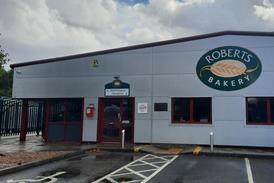







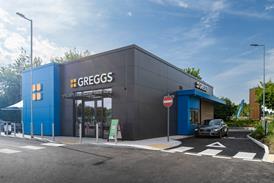

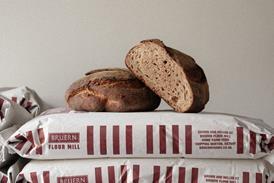

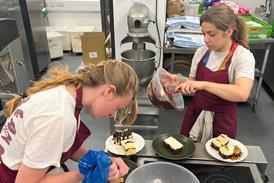
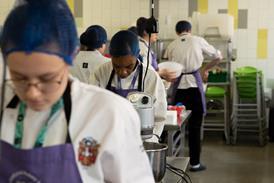
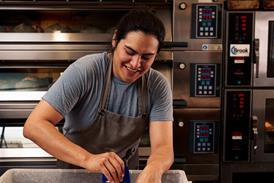



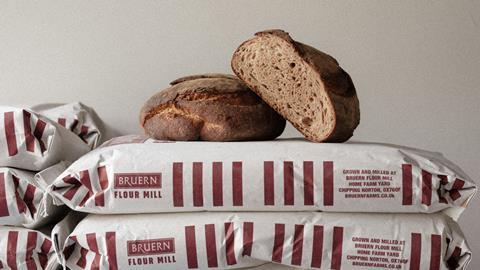
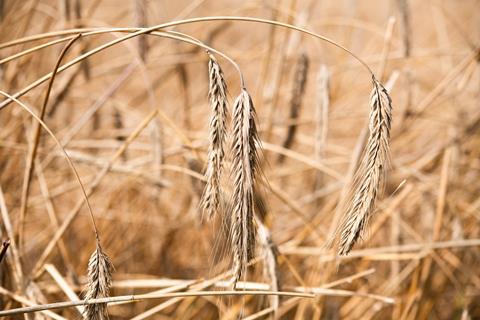
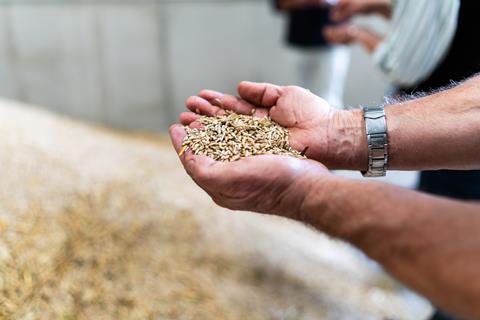
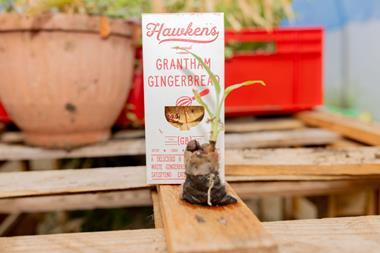
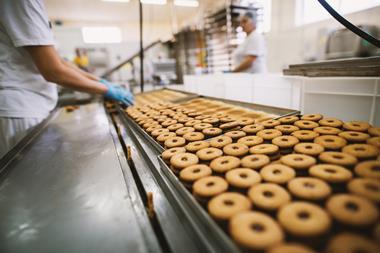
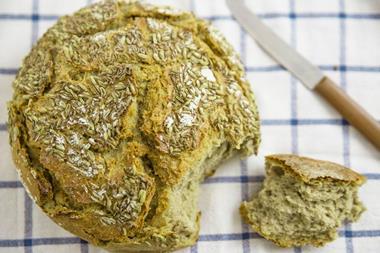
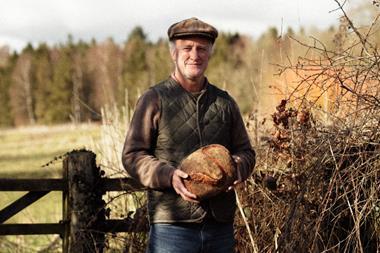
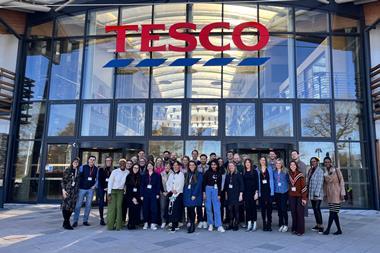
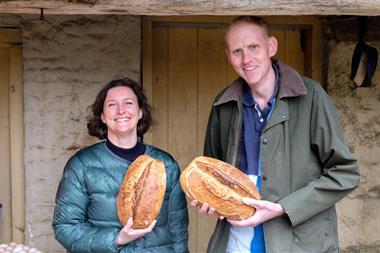
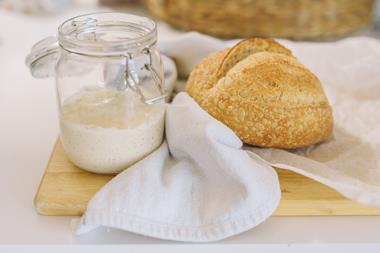



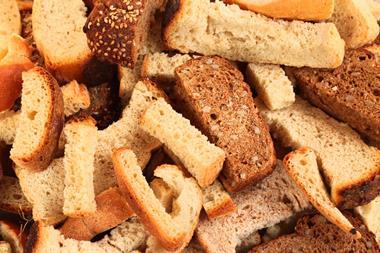
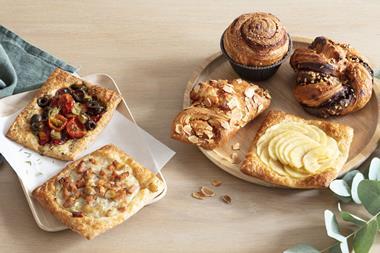
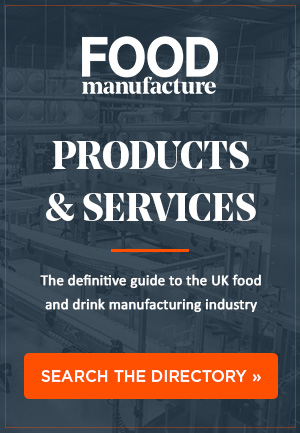
1 Readers' comment